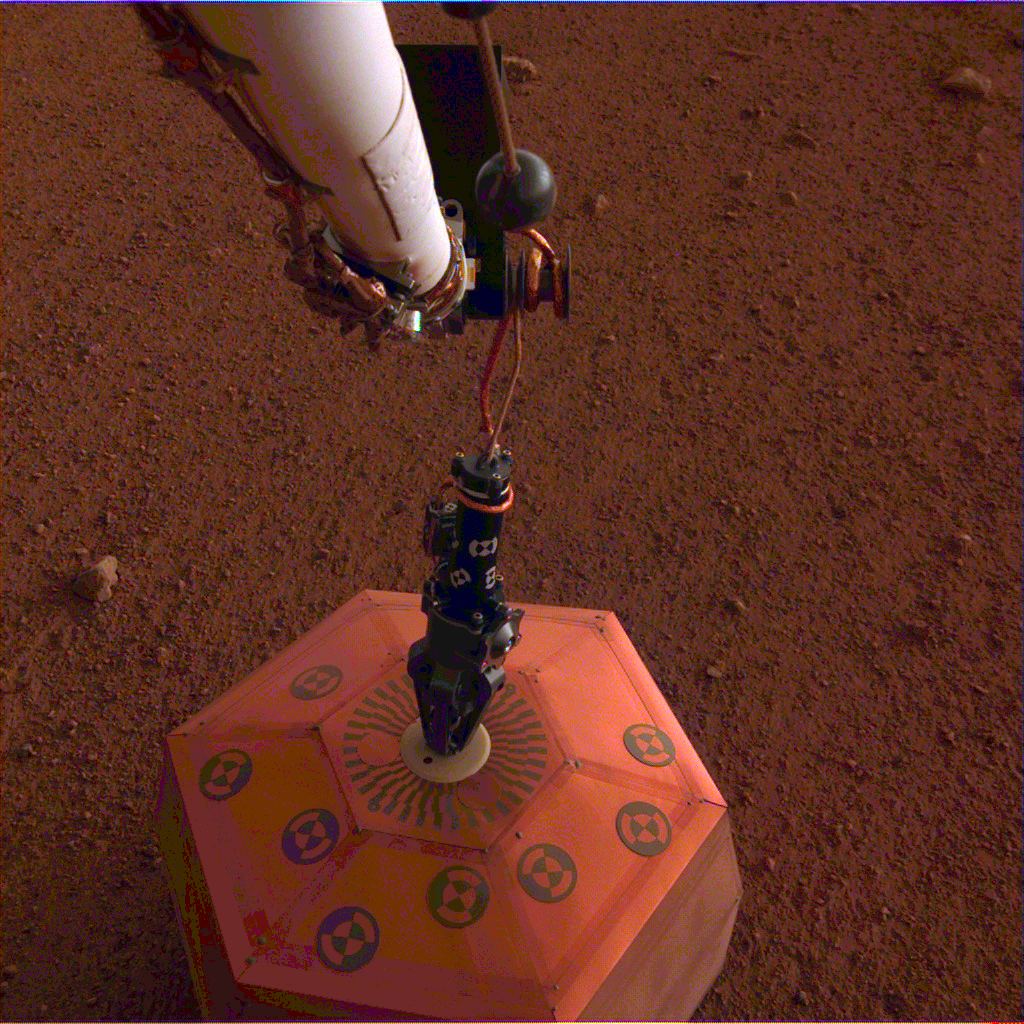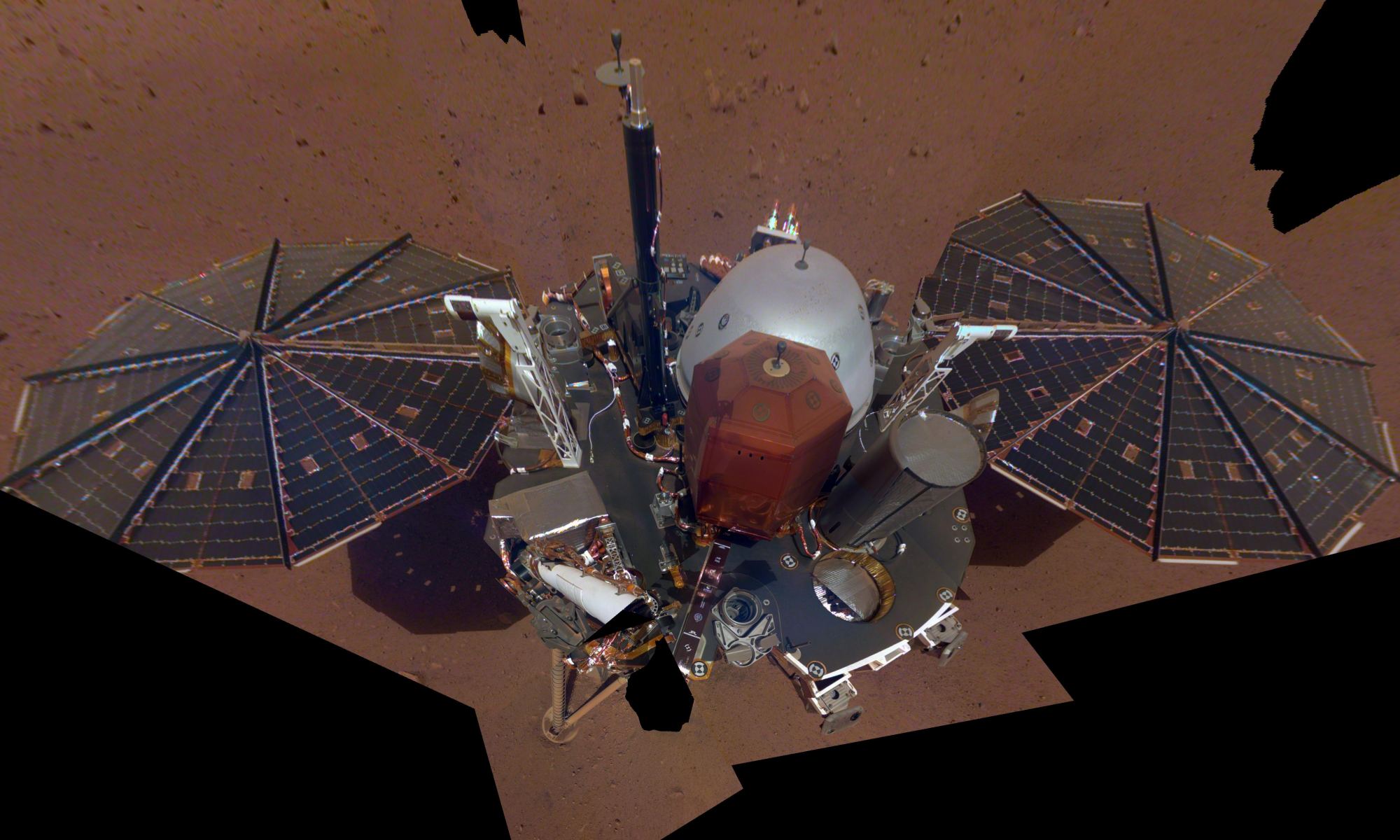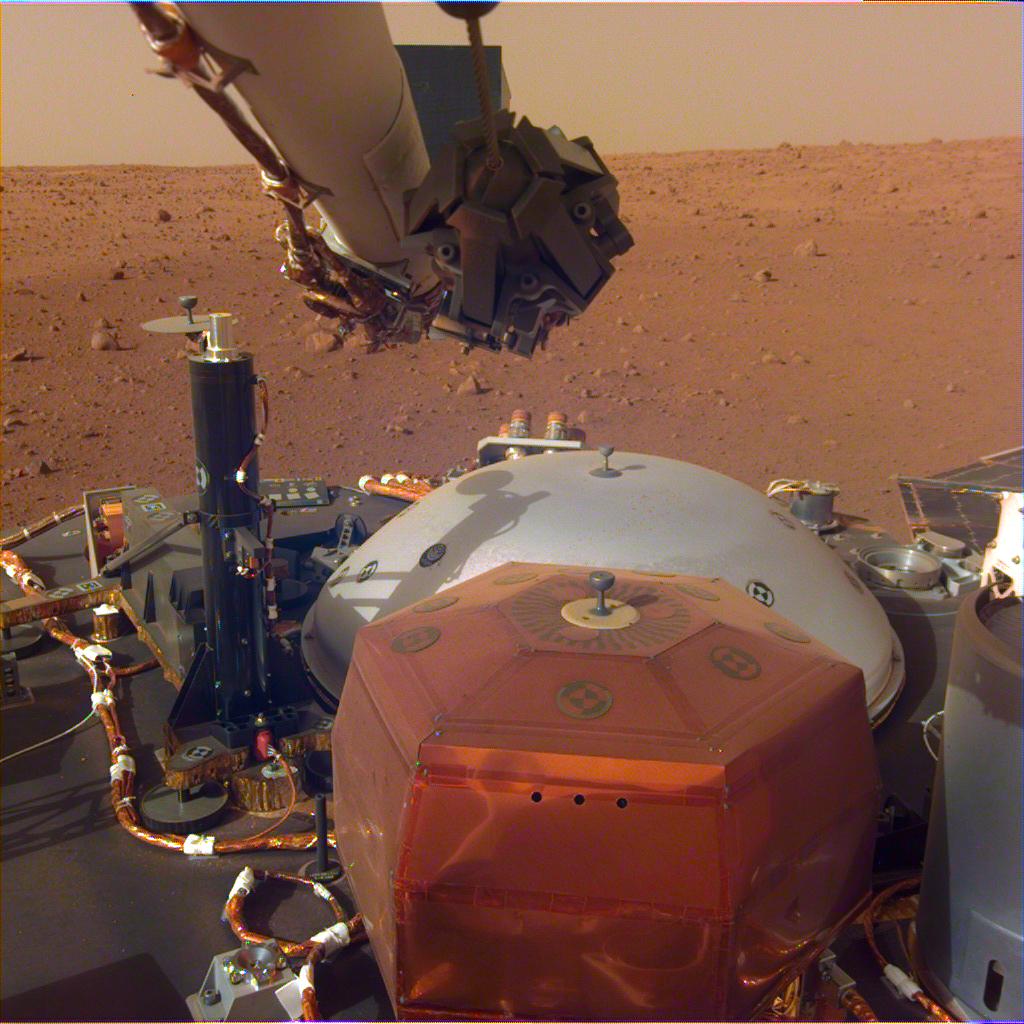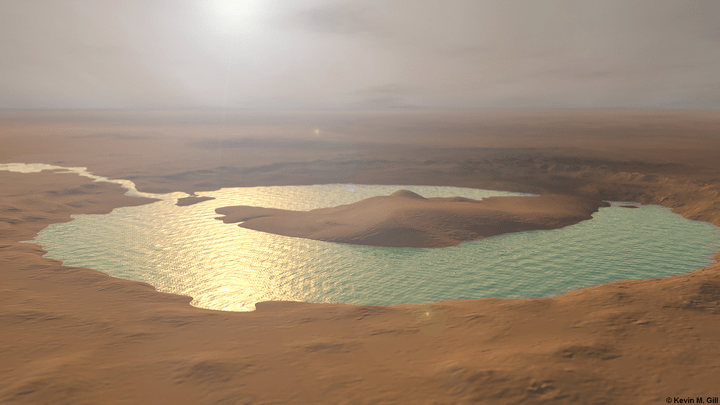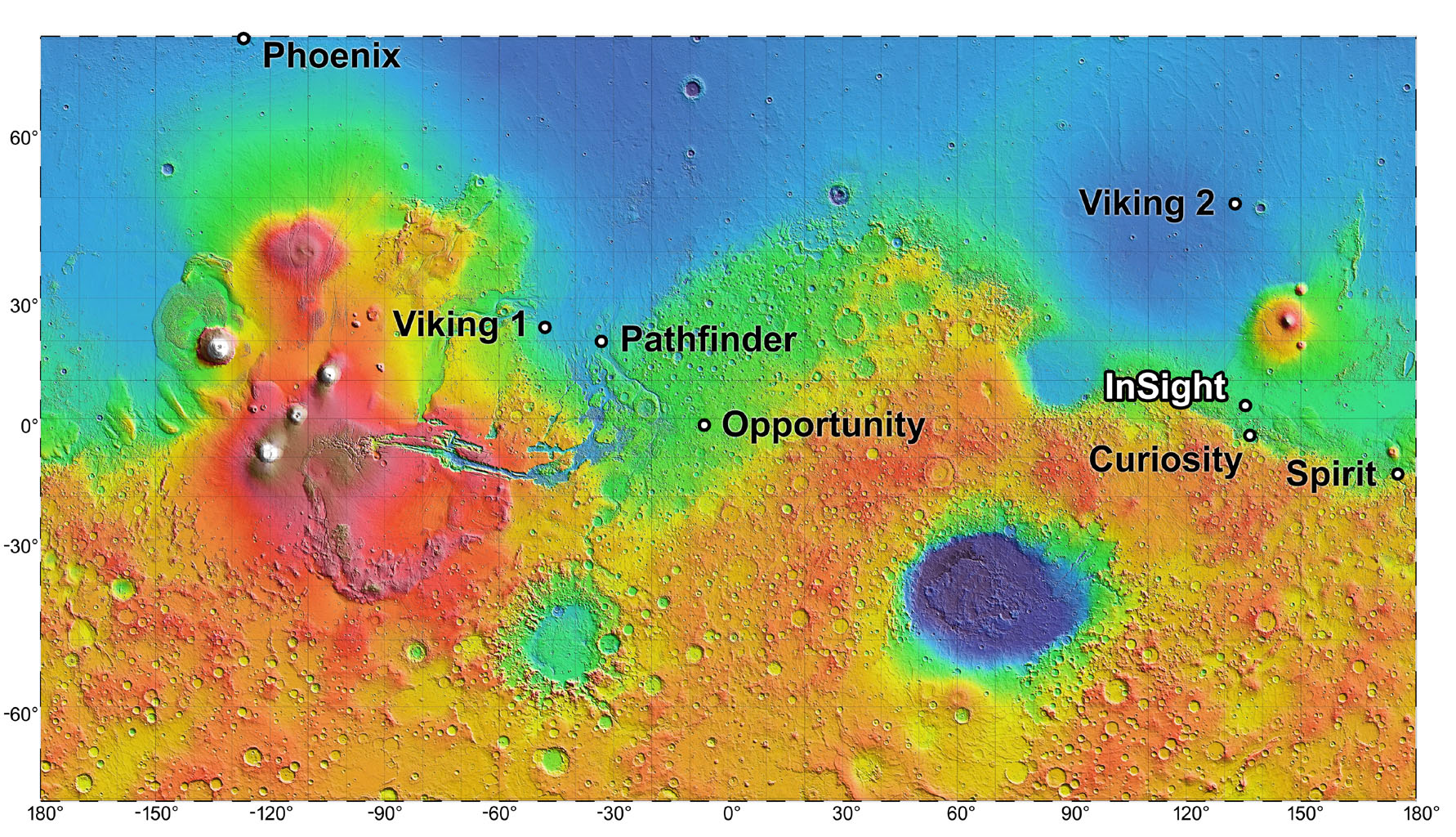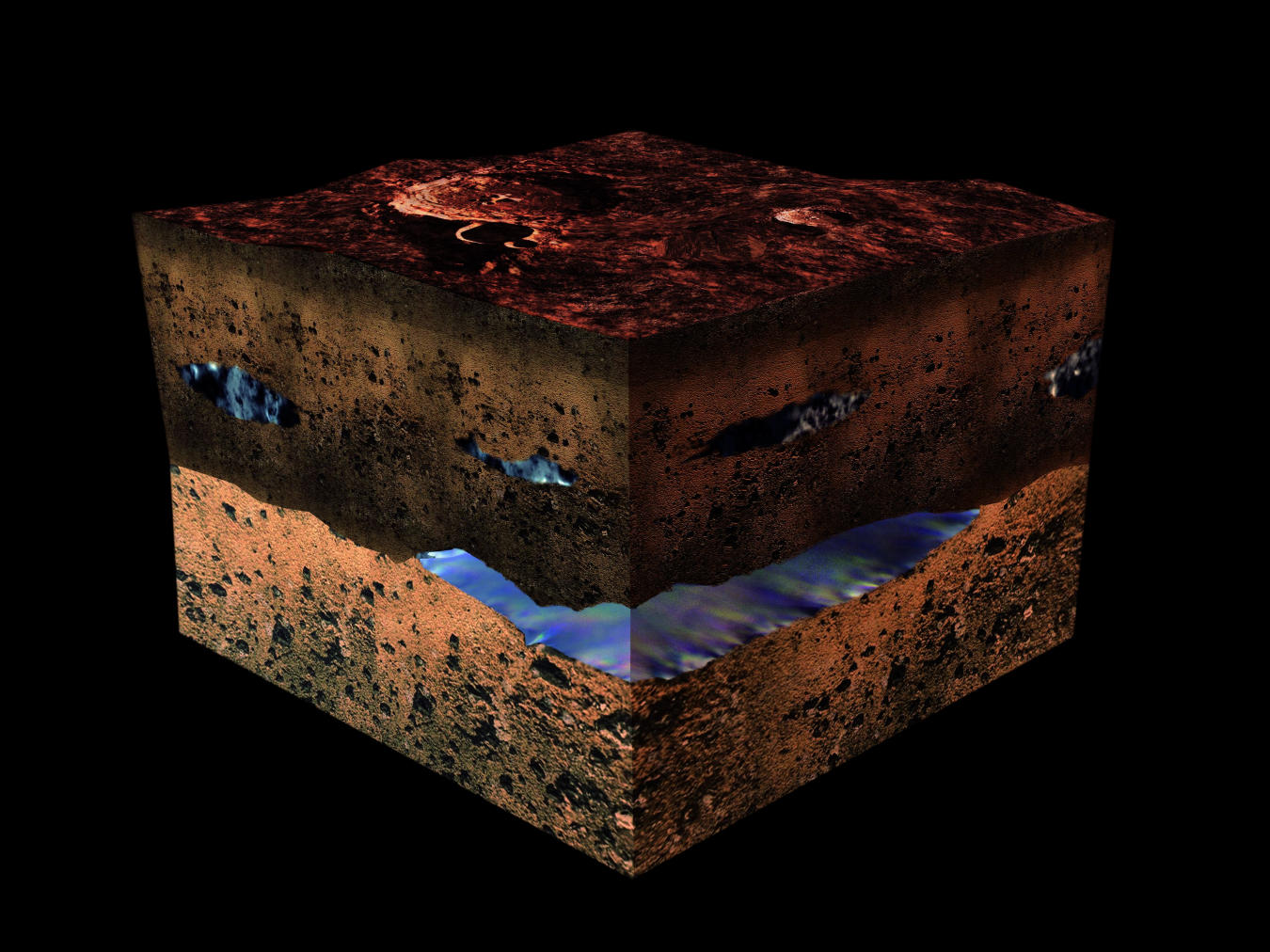NASA’s InSight lander has deployed its first instrument on the surface of Mars. On December 19th, the stationary lander used its robotic arm to deploy the SEIS (Seismic Experiment for Interior Structure), marking the first time a seismometer has been placed on the surface of another planet. This is a milestone for the mission, and one that comes well ahead of schedule.
InSight landed on Mars at Elysium Planitia on November 26th. Since then, it’s been checking out its immediate surroundings with its cameras to find the perfect spot to deploy the seismometer, and its other deployable instrument, the HP3 (Heat Flow and Physical Properties Package.) Mission planners allocated several weeks for instrument site selection, so this is well ahead of schedule.
Continue reading “InSight Just Placed its Seismometer onto the Surface of Mars to Listen for Marsquakes”

